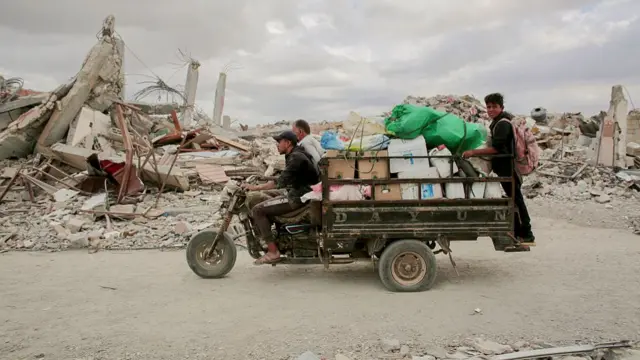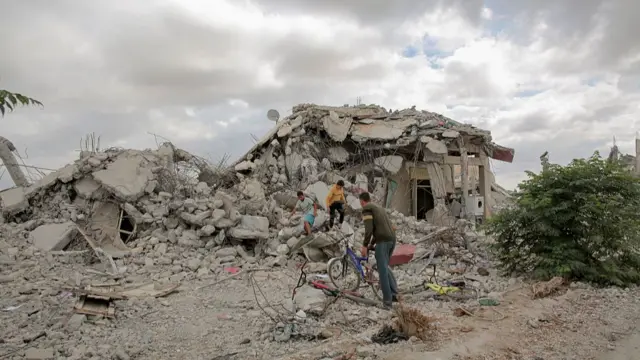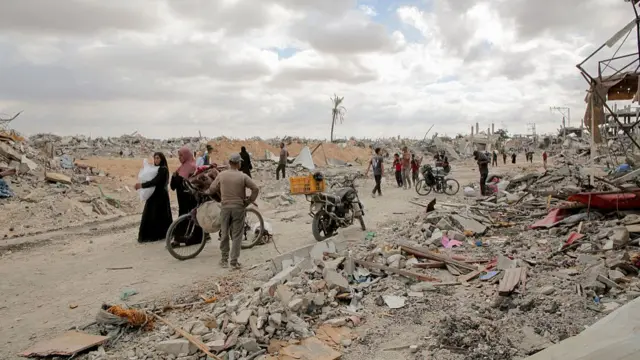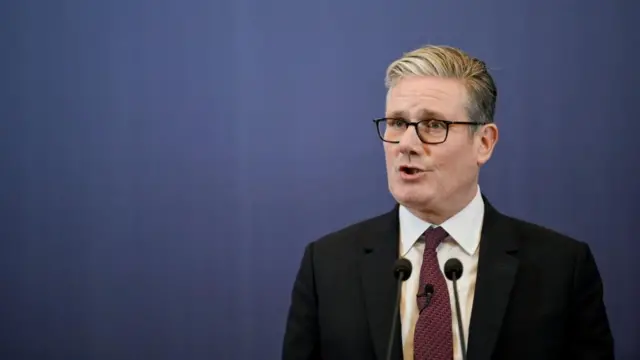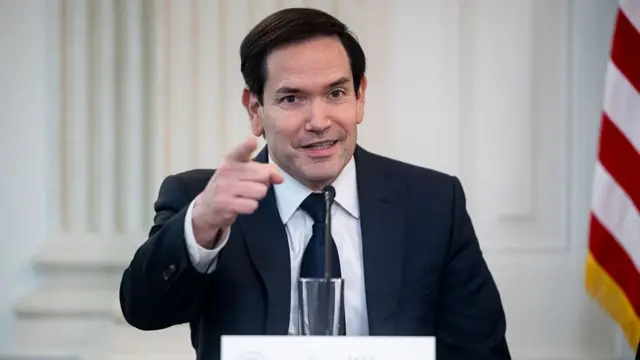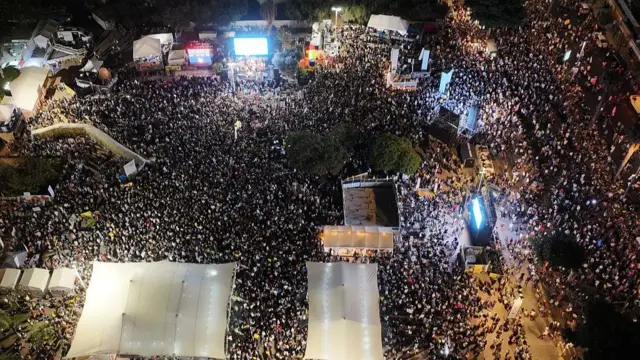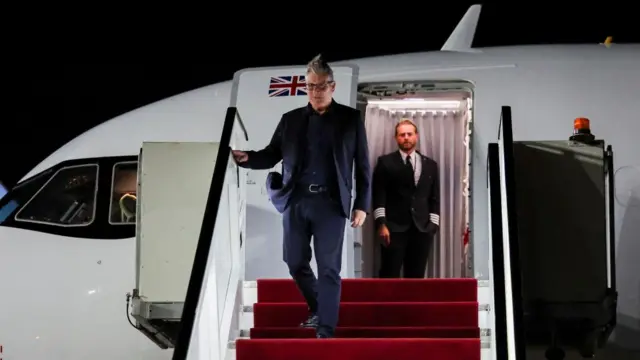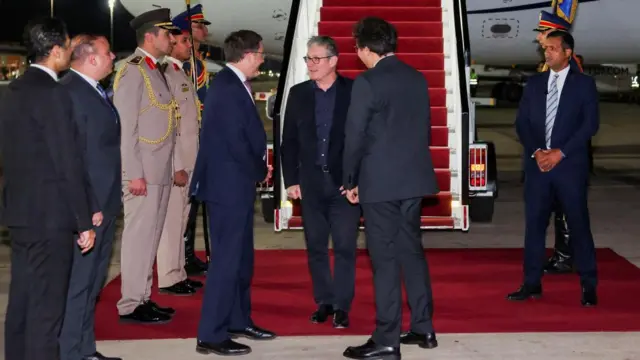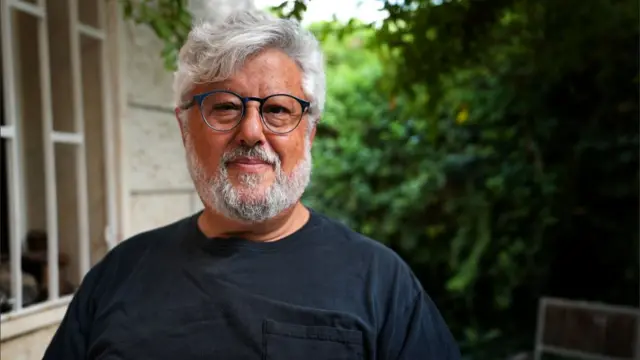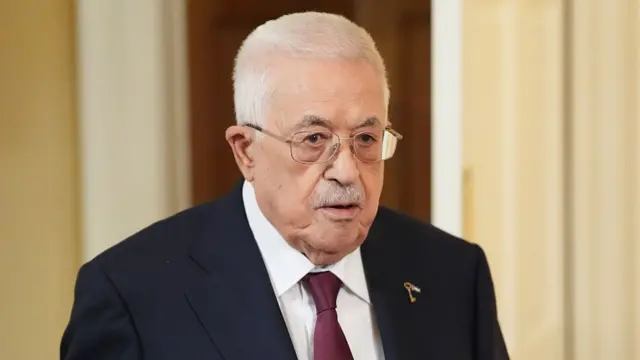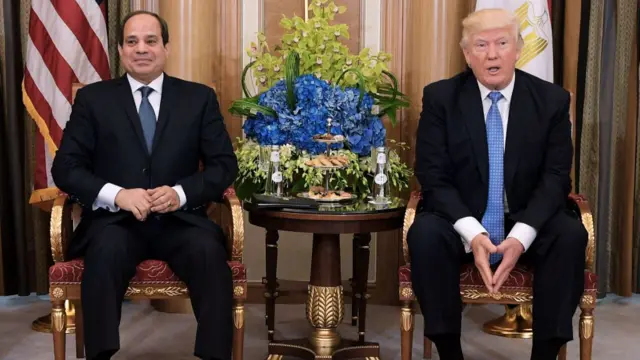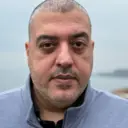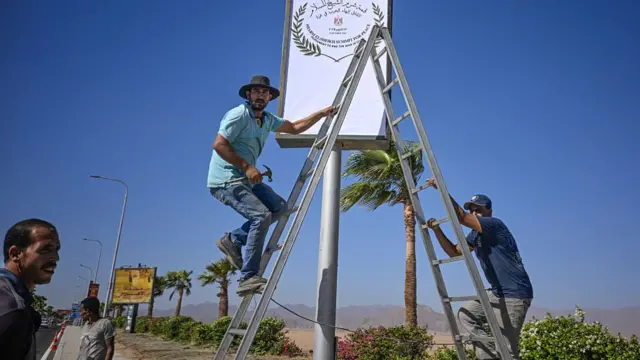Hamas's deadline for hostage release looms, as Trump flies to Israelpublished at 22:59 BST 12 October
 Jamie Whitehead
Jamie Whitehead
Live reporter
The deadline for Hamas to release all remaining Israeli hostages is 11 hours away, as phase one of Trump's plan for peace in Gaza is taking shape.
The US president is currently travelling to Israel, along with members of his administration, where he says he will greet the freed hostages.
Speaking aboard Air Force One, he told reporters "the war is over" in Gaza.
His comment comes ahead of a summit of world leaders he will host with Egyptian President Abdel Fattah al-Sisi in order to finalise an agreement aimed at ending the war in Gaza.
Israeli government spokesperson Shosh Bedrosian says Israel is ready for the release of the hostages.
In exchange, Israel is expected to release 250 Palestinian prisoners serving life sentences and 1,722 detainees from Gaza arrested after the 7 October attacks.
But, Hamas pushed for last minute changes to the list.
The group wants seven high-profile prisoners released, including Marwan Barghouti and Ahmad Saadat, and had said if just two of these seven were freed today, all the hostages would be released in return.
Meanwhile, dozens of aid trucks have been seen entering Gaza, as lorries are queueing at the Rafah crossing with Egypt.
We're now bringing our live coverage to an end, but we'll back tomorrow with full coverage of a busy day in the Middle East.
